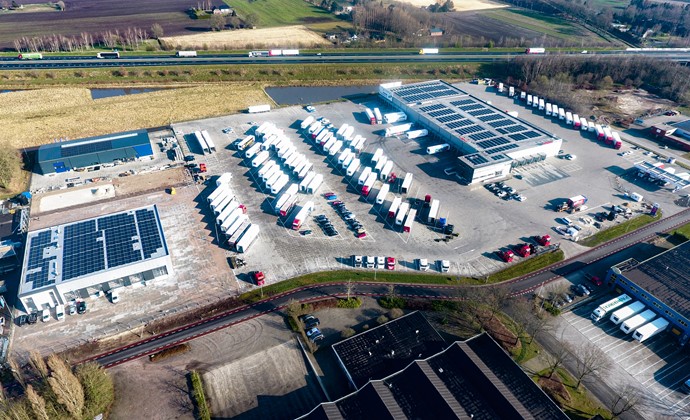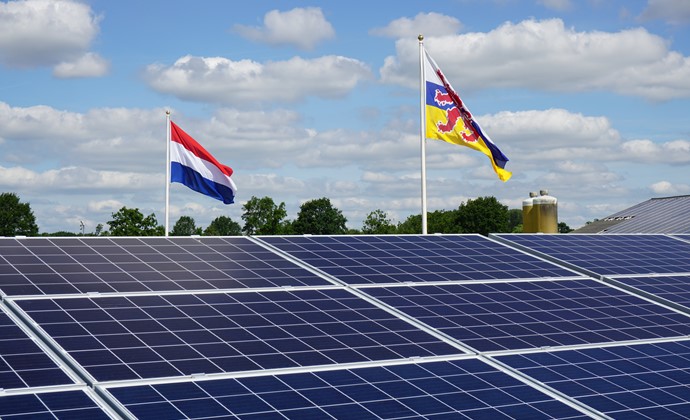
The combination of a ground-based solar park, energy storage and deployment in energy and balancing markets is currently rare in the Netherlands, but is increasing rapidly. By deploying both systems in these markets, the systems contribute to maintaining balance in the electricity network and generate additional income. Adding flexible power to our energy system is crucial for the success of the energy transition.

Role Scholt Energy
As a service provider, Scholt Energy currently manages the largest pool of individual batteries on the Dutch market and has a pipeline of several hundred MW of (mostly Utility Scale) battery projects that will be completed in the coming years. As a balancing responsible party and balancing service provider, Scholt Energy provides access to various energy trading and balancing markets.
In addition, Scholt is responsible for the automated connection of both the PV system and the battery with these markets. In the long run, a new market role will be added as a Congestion Service Provider in order to be able to contribute to balancing supply and demand at a local level as well.
Solar energy
Engelen Energie’s PV system is used in the markets for imbalance, aFRR (regulating power) and mFRR (emergency and reserve power). The national grid administrator maintains the balance on the electricity network through these markets. A fee is paid for making power available or, conversely, for switching off power on these markets.
Battery
The energy storage system is deployed on all relevant energy markets (Day-ahead, Intraday, Imbalance) as well as the balancing markets FCR and aFRR. The compensation received for this is an interesting business case. Due to the rapid rise of weather-dependent electricity production, balancing is becoming increasingly challenging for grid operators.
Power offered on the FCR market, for example, must be automatically activated when necessary within a few seconds if a deviation in the grid frequency has to be corrected. The grid frequency in Europe is always kept at 50 Hertz, but it can deviate in the case of events such as sudden failure of production capacity. The frequency must then be immediately restored to prevent a blackout in the worst case, for example by activating a battery pool.
Also interested in solar panels or energy storage?
Please contact our Energy Transition Specialists.



